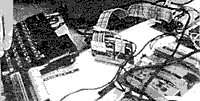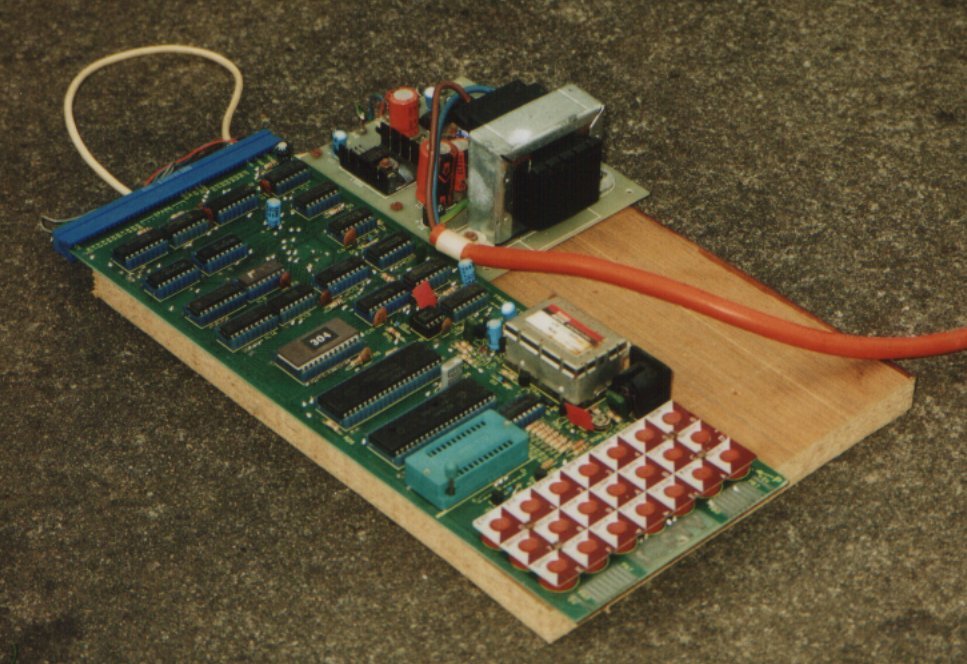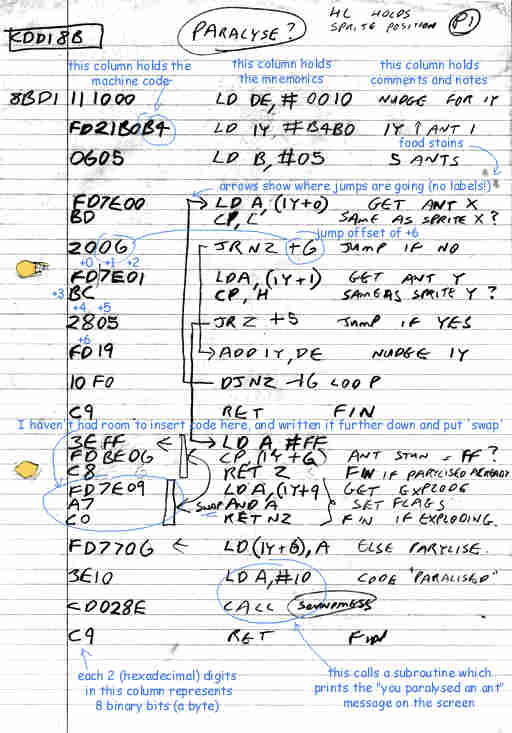Firefox wrote: ↑Tue Jan 21, 2020 6:25 pm
Excellent interview with Sandy White about how he created Ant Attack. He comes across as a really nice bloke!
[media]
https://www.youtube.com/watch?v=RdrgBwSH9W8[/media]
I really wish he'd write a bit about his custom development hardware he made for his Spectrum. All there is is this tiny photo and what he mentions in the video.


I've finally found the "Softy" that he talks about in the video! It's one of these:

(There are photos and adverts for the first four generations of Softy on
this page, and you can download a PDF of the first Softy's manual.)
So it turns out that a Softy is a kind mash-up of a ZX80, an EPROM programmer, and a ROM emulator. There's no BASIC interpreter or anything, just a little monitor-type program which allows you to edit hex values on a telly. The keyboard only has hex digits and monitor commands on it! It can emulate an EPROM via a cable that plugs into a DIP socket on the target system. It can also program EPROMs using the ZIF socket next to the keyboard.
If you zoom in on the tiny photo from Sandy's website above, you can make out that the thing in the foreground is a Softy, which has a big ribbon cable plugged into a homebrew Spectrum peripheral which is sitting in the mid-ground in the photo.
I'm still not entirely sure what his homebrew Spectrum peripheral did or how he actually used it, though.
If you compare a dump of Ant Attack to the hand assembled code on the sheet of lined A4, exactly those values are at the start address written on the sheet.
The Softy only has 1kB internally for buffering data in an emulated ROM, so... I'm guessing his peripheral disabled the Spectrum's ROM and replaced it with some kind of monitor ROM (probably much smaller than 16kB is size) that allowed data to be copied back and forth between the 1kB Softy area and the Spectrum's upper RAM?
Don't know how he would've saved his work between sessions. On EPROMs? On tape? (The Softy has a tape interface as well as the Spectrum.)




